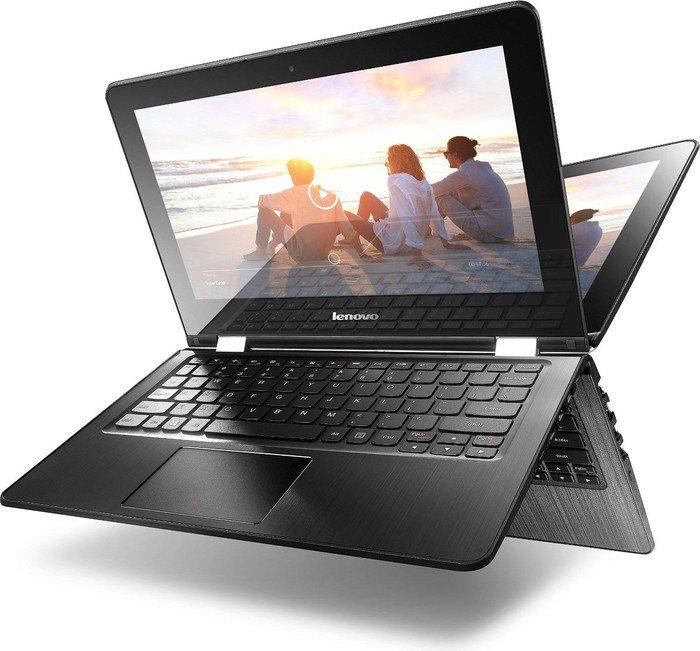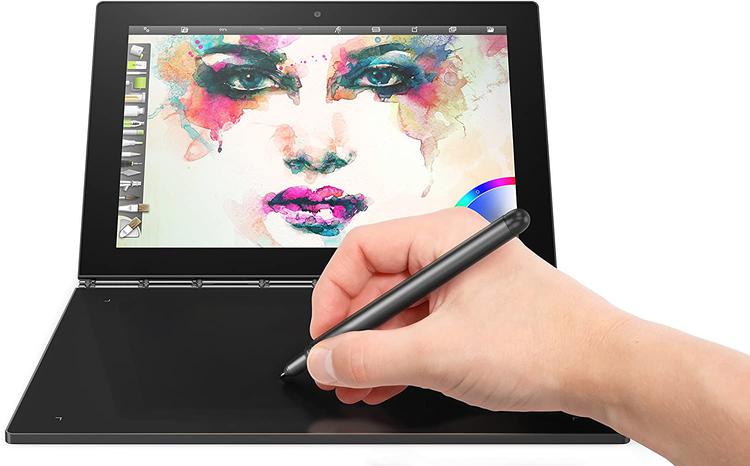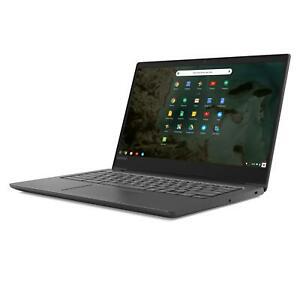Lenovo's
IdeaPad Yoga series
is one of the best laptop lines of recent years, and one of the few real highlights of the fledgling Windows 8 era. But Yoga systems with flexible hinges that fold all the way back into tablet mode are expensive, starting at around $1,000.
Continuing, Lenovo is trying a variation on the theme, giving you a larger system (available in 14- and 15-inch sizes) that costs a little less and performs a little less.
The IdeaPad Flex doesn't fully fold back into a tablet like the Yoga. This is more of a touchscreen laptop with a bit of added flexibility, bending the screen back 300 degrees to allow for what's known as a kiosk mode, where the screen from the back of the laptop pointing away from the keyboard and touchpad.
Why would you want kiosk mode in a laptop? We saw this feature on the Yoga line,
Dell's XPS 12
, and a couple of detachable hybrids. It's good for presenting a photo slideshow or PowerPoint, or viewing videos, and gives the screen an extra visual impact by hiding the keyboard and the rest of the laptop. It's also good for webcam -Chats on Skype or another app.
Flex 14 configurations start at $569 for a 4th Gen Intel Core i3 CPU, 4GB RAM and a 500GB hard drive. Our configuration has a 4th Gen Core i5, 8GB RAM and a 128 GB SSD.Lenovo originally quoted us a price of $750 for this configuration, but on Lenovo's website at the time of this writing, it will cost you $999.Lenovo has a long-standing habit of posting confusing and conflicting information on its website Offer discounts, and currently, a version with the same specs but a 256GB SSD actually costs less, $899, while models with Core i7 CPUs are over $1,100.
If you can keep it under $800, it's a good deal even without the trick hinge. More than that and I'd look for a high-end system (like the Yoga line) instead, due to the flex's budget/plastic feel has that cannot keep up with higher prices.
I like the Flex 14 as a budget midsize laptop. The chassis has a definite budget feel, but for the less expensive configurations it's a good collection of components, including the latest Intel processors - even if you never put the hinge back in the Fold kiosk mode.
Lenovo IdeaPad Flex 14
Acer Aspire E1 572-6870
Samsung Active Book 9 Lite
Price
$999
$579
$799
Display size/resolution
14-inch touchscreen with 1,366 x 768 pixels
15.6 inches, 1366x768
13.3-inch 1366 x 768 touchscreen
PC CPU
1.6GHz Intel Core i5 4200U
1.6GHz Intel Core i5 4200U
1GHz AMD A4 quad core
PC memory
9192MB DDR3 SDRAM 1600MHz
4096MB DDR3 SDRAM 1600MHz
4096MB DDR3 SDRAM 1600MHz
graphic
1792MB Intel Graphics 4400
32MB Intel Graphics 4400
512MB AMD Radeon HD 8250
storage

128GB SSD hard drive
500 GB 5,400 rpm hard drive
128GB SSD hard drive
optical drive
none
none
none
Networking
802.11b/g/n wireless, Bluetooth 4.0
802.11b/g/n wireless, Bluetooth 4.0
802.11b/g/n wireless, Bluetooth 4.0
operating system
Windows 8 (64-bit)
Windows 8 (64-bit)
Windows 8 (64-bit)
design and functions
The Flex 14 shares some design cues that follow Lenovo's current IdeaPad line. Like the Yoga, S series, U series, and other IdeaPad laptops, the Flex has a matte, smooth lid that curves slightly around the edges tapered, with a subtle Lenovo logo in the upper-left corner. We've seen models with orange accents, another Lenovo stand-by, but this review unit has a gray plastic border around the edges of the screen and base.
The typically sleek Lenovo hinge has been replaced with a large, bulky tube that's square at the front and rounded at the back. It's a distinct difference, for example, from the Yoga hinge that camouflages its dual purpose so well.
A pair of sturdy rubber bumpers on the back of the bottom keep the screen from surpassing the 300-degree mark, although psychologically you'll want to keep going until it's yoga-flat. Two smaller rubber bumpers on the extreme left and right front corners of the Palm rests protect the keys slightly better when the system is in kiosk mode and the keyboard is on the table.
Flipping the screen back to the second position is easy, and the stiff hinge holds at any angle, but the lid is too compliant to allow for a completely smooth transition. In kiosk or display mode, you can use the generally very competent Windows 8 onscreen keyboard, and the rubber bumpers provide a solid surface for typing and/or typing.
You also get Lenovo's excellent keyboard and touchpad designs, which make a big difference. The company has put a lot of research and development into the key shape and spacing, giving a very natural typing feel with less error than other budget laptops. That means, while the key layout and design borrows from Lenovo's higher-end laptops, the implementation here feels clunker, with loud keys that flex more than they should, even with a light touch.
The 14-inch display has a native resolution of 1,366 x 768 pixels. That's generally low for a mid-range laptop these days, but for $600-$700 or so it's acceptable. If I'm buying one of the more expensive configurations, I'd like to I at least have the option to upgrade to a higher resolution screen. IdeaPad screens tend to be very good, and while this one is on the glossy side, it has excellent touch response and is bright and colorful - at least when viewed head-on.
This isn't an IPS screen, so off-axis views tend to wash out the image quickly. That's not optimal if you're using kiosk mode to view a video or PowerPoint for a group. Interestingly, HP's new
Chromebook 11
, which runs Chrome OS, has an 11-inch IPS screen in an ultraportable device for $279 (but it's certainly not an apples-to-apples comparison).
Video
HDMI
Audio
Stereo speakers, headphone/microphone combo jack
Data
1 USB 3.0, 2 USB 2.0, SD card reader
Networking
Ethernet, 802.11n WiFi, Bluetooth
optical drive
none





